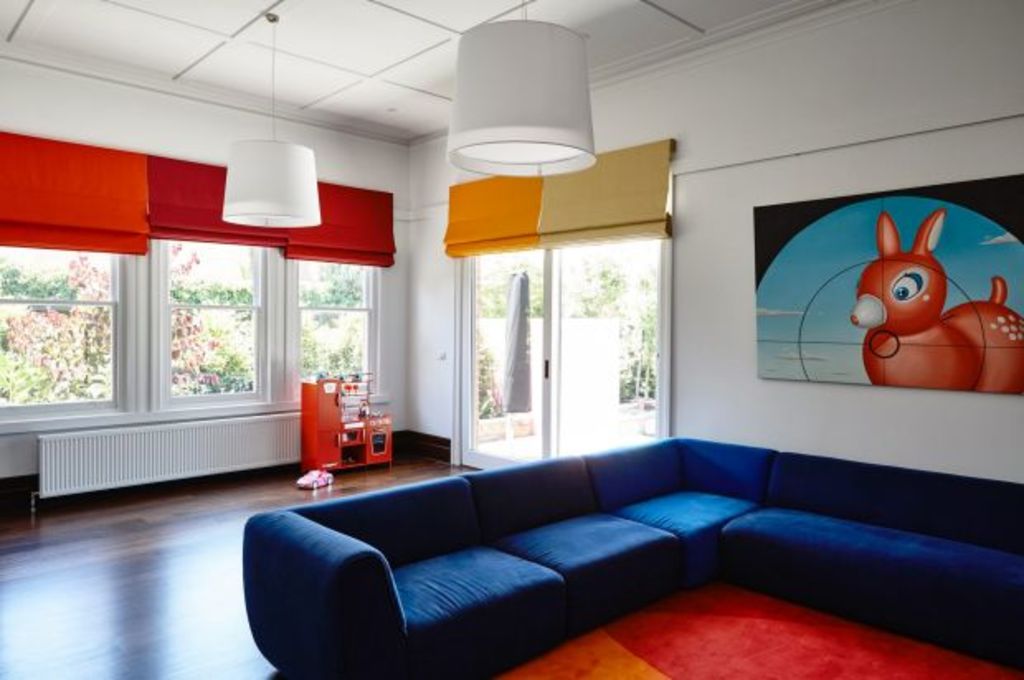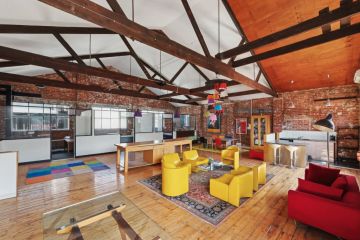How to choose the right fixtures and finishes for every room in your home

The choices are vast and the process can be stressful and confusing when choosing fixtures and finishes for your new home.
Interior experts have the best tips for choosing items for guaranteed durability, longevity and style. Here’s everything you’ll need to know about making the right decisions.
Flooring
Consider the three options – timber, tiles and carpet. “We often combine the three,” says Suzanne Gorman, of Studio Gorman. “Tiles for wet rooms like bathrooms and laundry, floorboards in living areas, kitchen and halls, and carpet or floorboards in the bedrooms.”
Durable and low maintenance, floorboards can add value to your home. “They look great and there is a good variety available,” says Gorman. “They are expensive initially and can be noisy, so I like to add rugs that also provide cosiness.”
While carpet provides unparalleled warmth, it is not for everyone. “It is lovely in the bedroom but never appropriate in the kitchen, dining room or wet areas,” she says. “It is easily stained, attracts dust and in time looks tired.”
For sheer practicality, Gorman says you can’t go past tiles. “They are low maintenance, affordable and robust, especially with children and pets. They can get cold underfoot so consider under floor heating, and to keep them looking their best regrout every five years.”
Lighting
“A considered lighting plan can take an interior from ok to WOW,” says Sarah Elshaug, of Maitland Street Interiors. “Consider the mood of the room, any natural light, your requirements and of course good looks.”
Incorporate all three types of light. Ambient lighting including down lights, pendants and lamps for broad beam, task lighting for targeting small spaces, and display lighting for illuminating art or decor.
- Related: A dreamy coastal bedroom makeover
- Related: How much should you spend on your renovation?
- Related: The key selling feature for luxury homes
“Consult a professional who will work with you to devise a lighting plan and a marked-up floor plan ready to share with your electrician. This ensures you get just the right amount of light in each room.”
Materials
The right surface materials affect a project more than any other, determining not only the style of your home, but how you interact with it.
“The choices are endless,” says stylist Malvina Stone. “Engineered timber remains the preferred option due to its increasing cost effectiveness and ease of cleaning. It’s ideal if you have small children or pets.”
Designer Camilla Molders advises choosing natural materials where possible. “It’s the imperfections in natural stone that make it beautiful! There are faux marbles, however I find them too perfect and uniformed.”
While natural is beautiful, it does come with risk. “It’s easily stained,” she says. “A more robust solution is reconstituted stone like Caesarstone. It looks great and is more durable.”
Stone agrees. “Marble is a staple for me, however, I always opt for honed marble for benchtops with a penetrating sealer. This way you can clean it successfully without scratching a glossy surface.”
Kitchen appliances
Unless you’re a serious cook, choose less expensive appliances with simple functions. “It’s easy to overspend,” says Gorman. “Choose your appliances from one range for seamlessness, and consider Australian and New Zealand brands. They have come a long way and easily rival European brands.”
Splurging on select appliances can be an investment, says Gorman.
“A quietly efficient range hood is a game-changer and buy the best kitchen taps you can afford. They get a good workout and show their age.”
When it comes to the fridge, size matters. “Younger families will never be able to predict how much teenagers can eat. Go big and invest in a durable-looking model. You won’t regret it.”
Furniture
When choosing furniture, style and scale are top of the list followed by durability and suitability for purpose, quality and budget.
“Splurge on large items like the sofa and coffee table and compromise on smaller items like side tables and shelves,” says Elshaug. “Be diligent with your savings, aiming to buy once, and buy well.”
We recommend
We thought you might like
States
Capital Cities
Capital Cities - Rentals
Popular Areas
Allhomes
More







